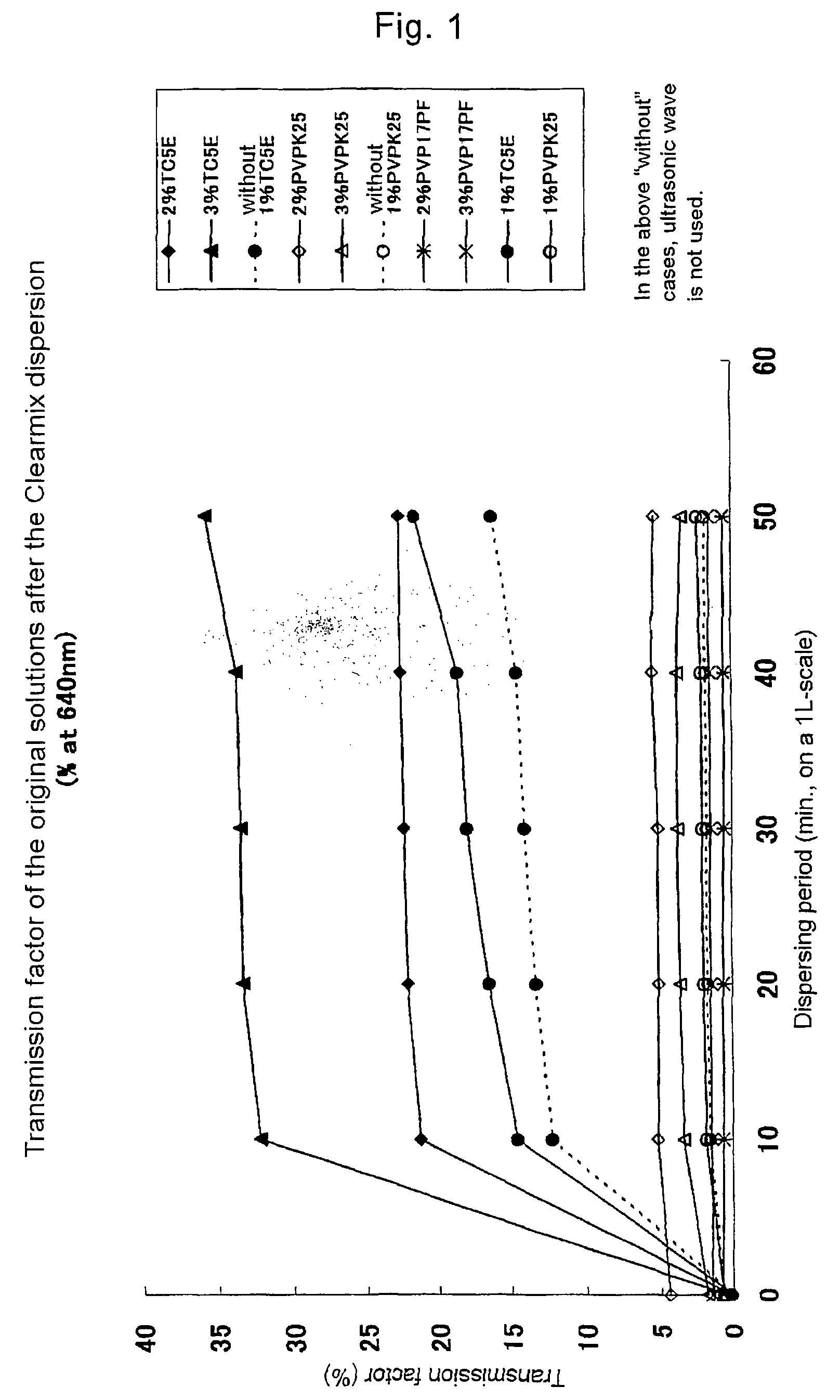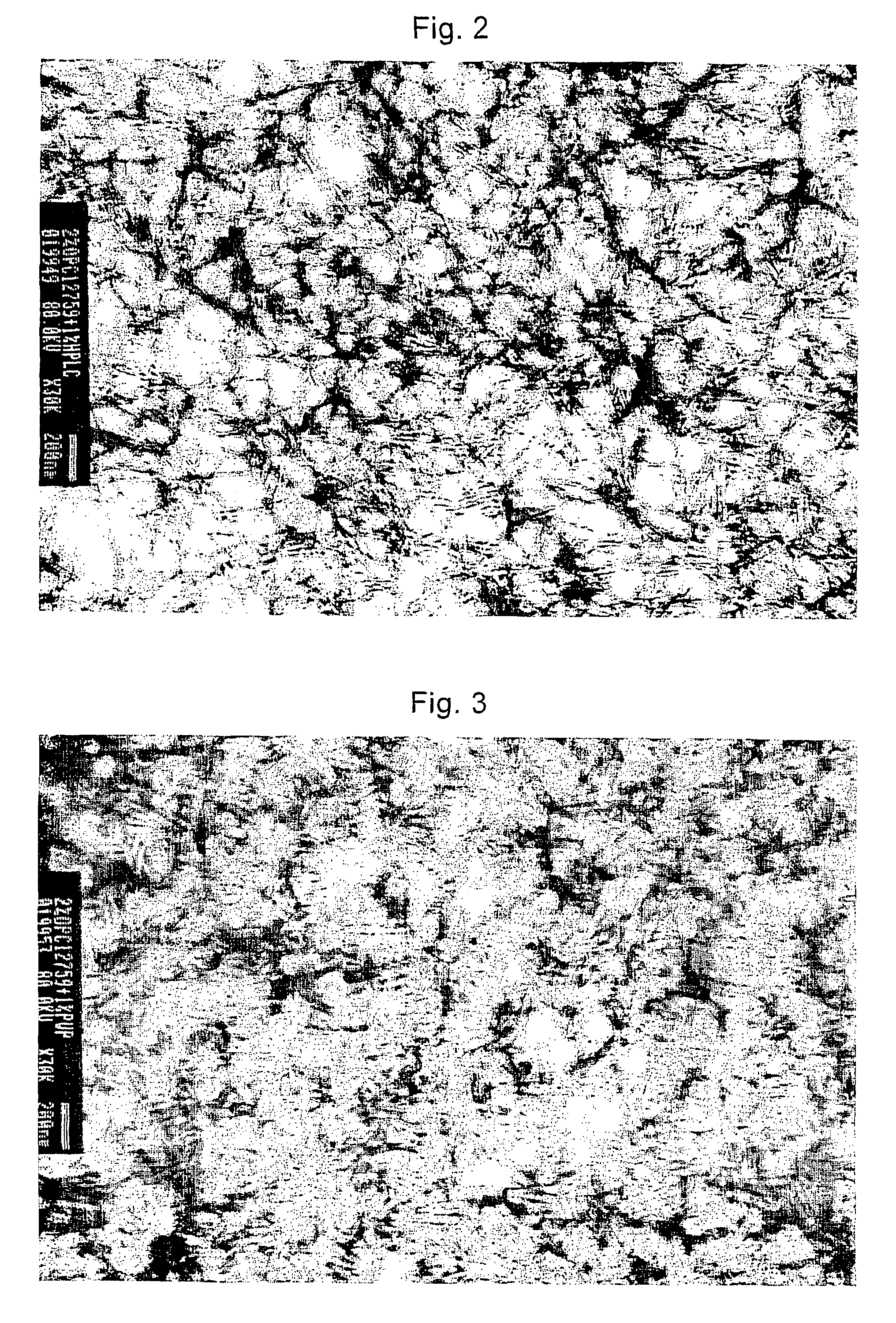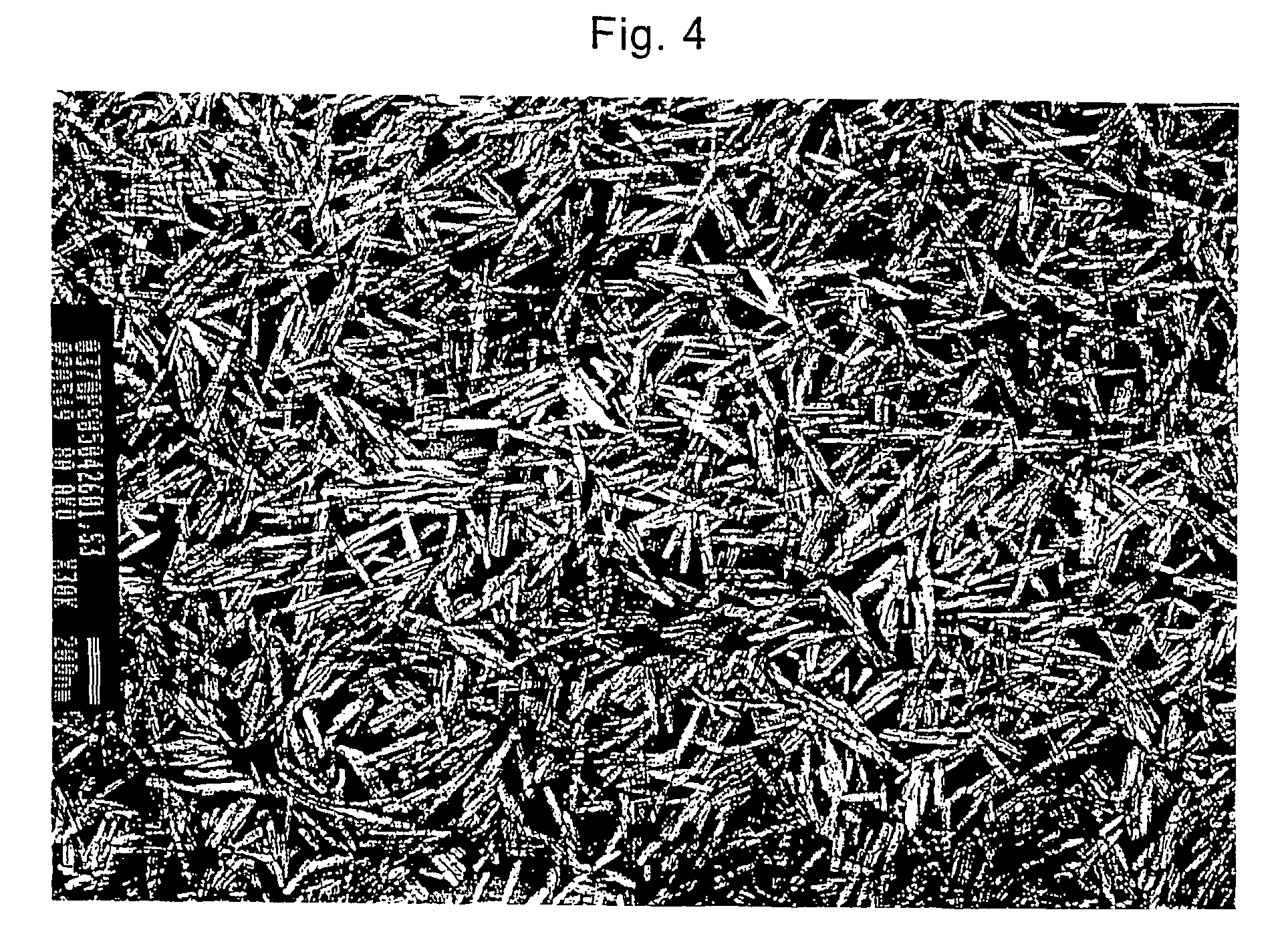Aqueous ophthalmic suspension of crystalline rebamipide
a technology of crystalline rebamipide and ophthalmic suspension, which is applied in the direction of biocide, antibacterial agents, drug compositions, etc., can solve the problems of inconvenient development of aqueous ophthalmic product of rebamipide, low solubility of rebamipide in neutral solution, and inconvenient high-ph eye drop development, etc., to achieve remarkable transparency, advantageous transparency and stability, and enormous contribution to medical field
- Summary
- Abstract
- Description
- Claims
- Application Information
AI Technical Summary
Benefits of technology
Problems solved by technology
Method used
Image
Examples
example 1
[0081]1 L of an aqueous suspension including 2% (w / v) crystalline rebamipide was prepared by the following procedure.
[0082]12 ML of 10 N hydrochloric acid (14.2 g, 0.12 mol), 68 mL of purified water, and 200 mL of an aqueous solution containing some of the additives listed in Table 1 (the concentration of the additives is 5 fold of that in the desired suspension product that will be prepared) were mixed to prepare a hydrochloric acid-additives solution. To 700 mL of an aqueous solution of sodium hydroxide which was prepared by adding purified water to 4.4 g of sodium hydroxide (0.11 mol), 20 g of rebamipide (0.054 mol) was added and dissolved with heating to give a sodium hydroxide-rebamipide solution.
[0083]The hydrochloric acid-additives solution at ice temperature was exposed to ultrasonic wave with an Ultrasonic Disrupter (TOMY UD210) stirring at the speed of 1400 rpm with a disperser (ROBOMICS® TOKUSHU KIKA KOGYO CO., LTD). The sodium hydroxide-rebamipide solution kept at 30-40°...
example 2
[0084]800 mL of the aqueous suspension containing 2% (w / v) crystalline rebamipide, which was prepared by the procedure of Example 1, was stirred at 10,000 rpm for 10 minutes with a disperser (ROBOMICS®, TOKUSHU KIKA KOGYO CO., LTD).
examples 1 and 2
Evaluation of Examples 1 and 2
[0085]The particle sizes of the suspensions before and after the dispersing procedure were measured with a Laser Diffraction Particle Size Distribution Analyzer (SALD 3000J, Shimadzu Corporation). The particle size which is measured in a circulatory cell for analysis under ultrasonic wave, using 0.2% (w / v) HPC-SL solution as a dispersion medium, is called “primary particle size”; while the particle size which is measured in a batch cell for analysis without ultrasonic wave, using purified water as a dispersion medium, is called “secondary particle size”. The both particle sizes were measured. The secondary particle size shows the agglutinability of the suspension more potently in comparison with the primary particle size. In order to evaluate the transparency of the samples, the 2% (w / v) suspension was diluted 10-fold with purified water (to 0.2% (w / v) solution), and the transmission factor of the diluted solution was measured at 640 nm with a spectroph...
PUM
 Login to View More
Login to View More Abstract
Description
Claims
Application Information
 Login to View More
Login to View More - R&D
- Intellectual Property
- Life Sciences
- Materials
- Tech Scout
- Unparalleled Data Quality
- Higher Quality Content
- 60% Fewer Hallucinations
Browse by: Latest US Patents, China's latest patents, Technical Efficacy Thesaurus, Application Domain, Technology Topic, Popular Technical Reports.
© 2025 PatSnap. All rights reserved.Legal|Privacy policy|Modern Slavery Act Transparency Statement|Sitemap|About US| Contact US: help@patsnap.com



